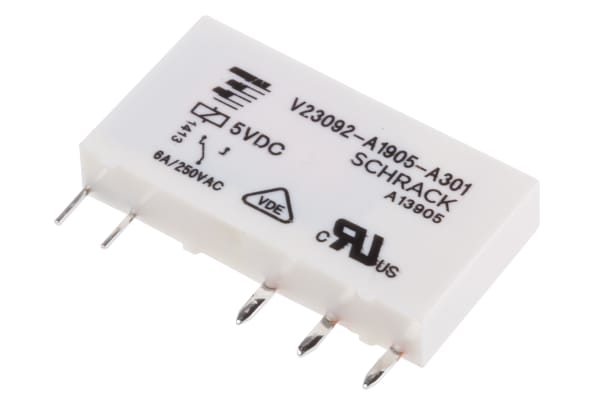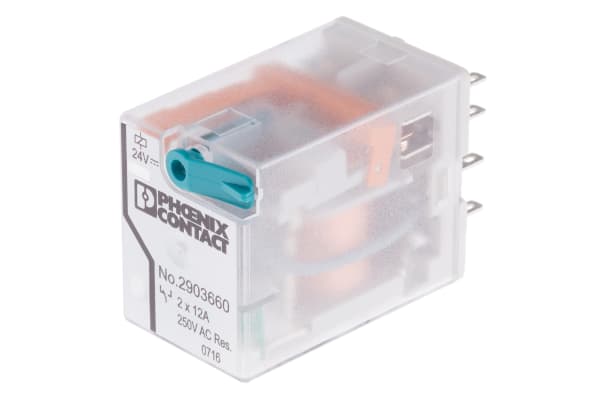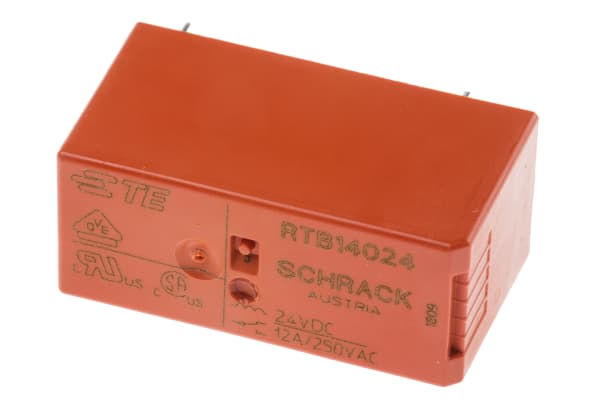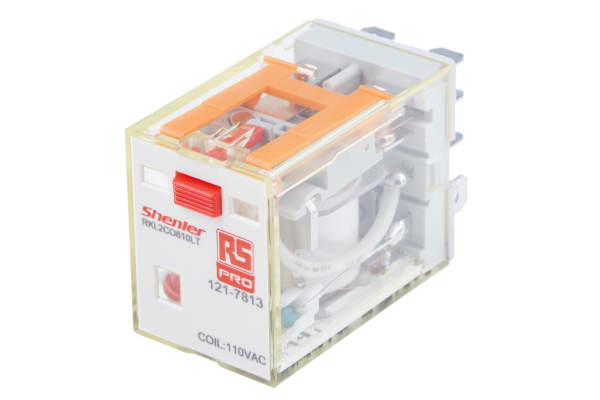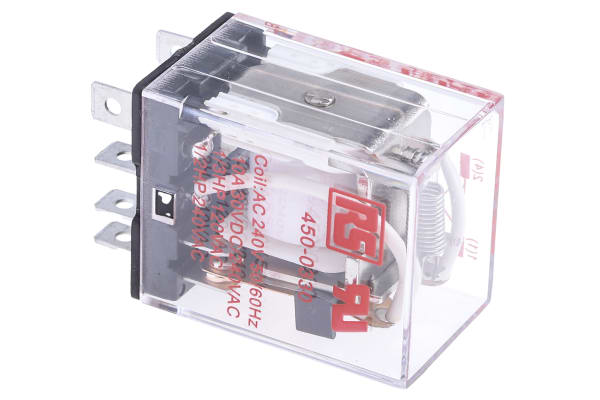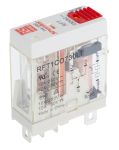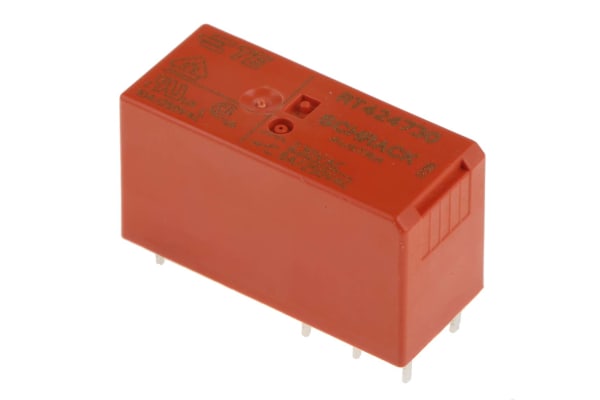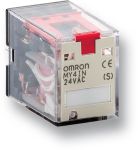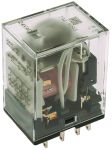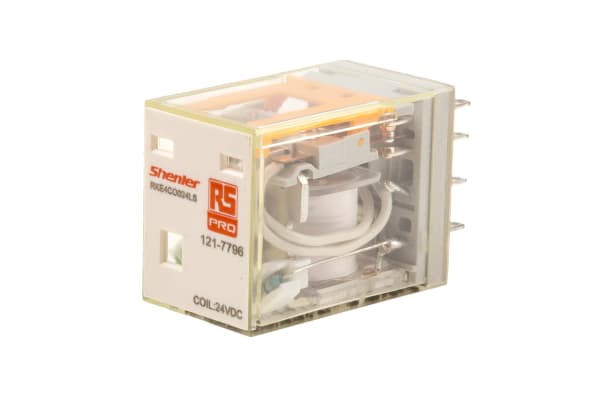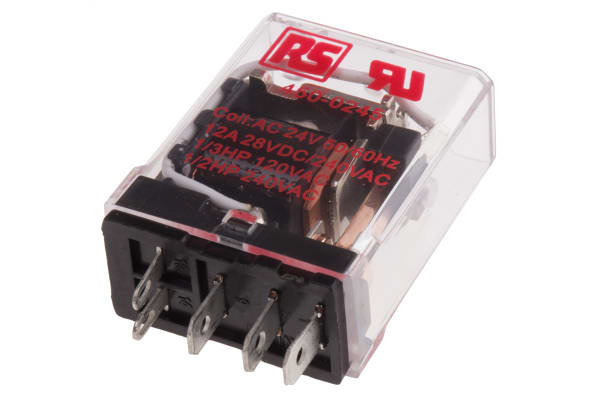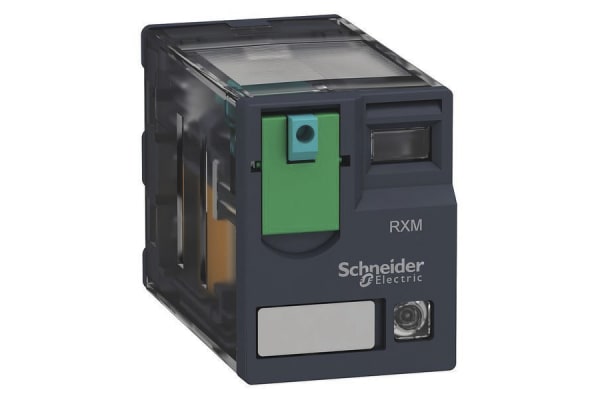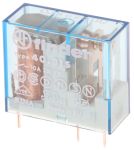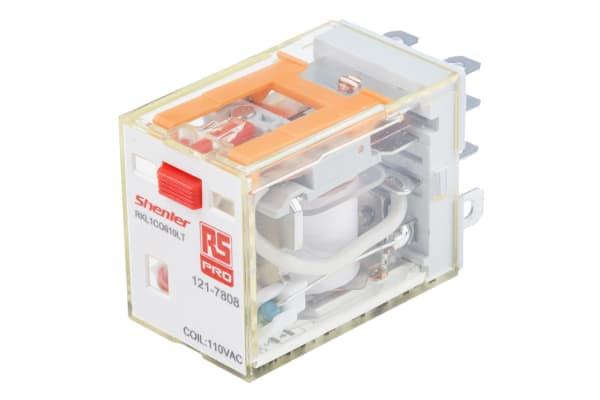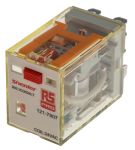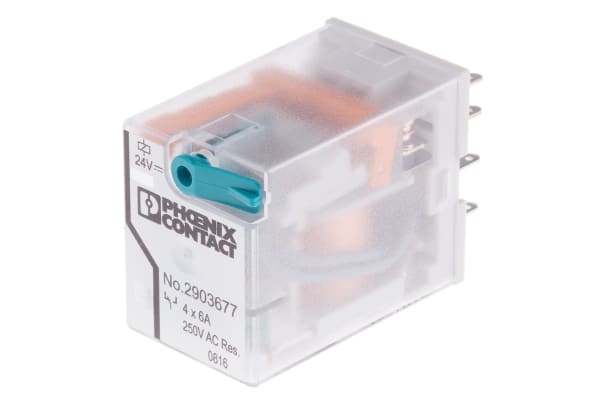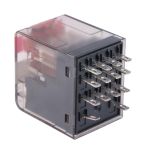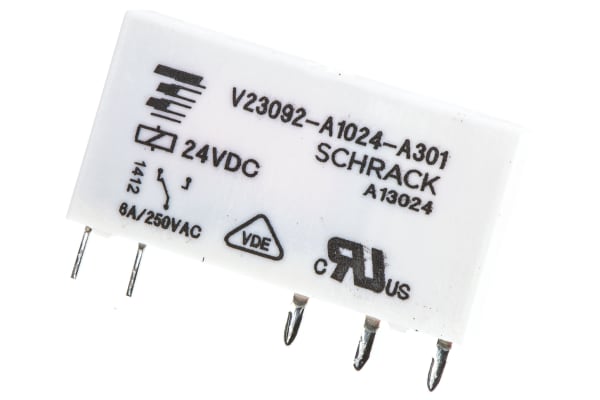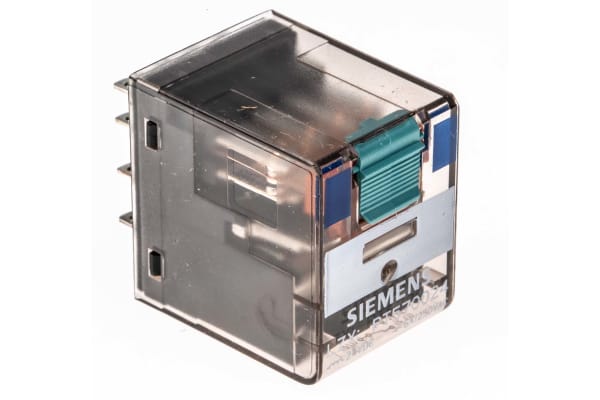Non-Latching Relays
Relays are electrical switches that are operated by electrical impulses with the primary function to open and close a circuit, they can also be referred to as industrial switches. There are 2 main types available, latching and non–latching relays.How do non-latching relays work?Non-latching relays are in a normally closed (NC) position and will stay in this state without power. When power passes through the circuit, the relay switched to a normally open (NO) position by using an internal coil to generate a magnetic force, holding this NO position. Once the current is turned off, it returns to the NC position. This makes non-latching relays well suited to push-button applications like keyboards and micro-controller input buttons.What are non-latching relays used for?Non-latching relays are highly durable and versatile components, making their performance long lasting and suitable for use in a wide range of applications, such as:Automotive enginesHousehold appliancesIndustrial machineryMedical equipmentTelecommunications equipmentWhat is the difference between latching and non-latching relays?Both types of relays in similar in design and function, however, a significant difference between them is that a latching relay will remain in the last position it when it was last powered, whereas a non-latching goes back to its normal position. This makes each more type of relay suitable for different applications. Considerations when selecting a relayWhen choosing a relay, it is important to consider a number of specifications to ensure it is fit for purpose, some factors include:Coil voltage – the required voltage to actuate the switching mechanism. If a voltage is too high this could damage the components, if it is too low then it will not actuate. Contact configuration – This is the state the contacts are in without power. For example SPST, single pole single throw.Contact material – the relay contacts are available in many materials that have certain properties. Common materials are gold, silver, tin oxide and nickel Coil power – the amount of power (watts) the coil operates at. This must match the power in the circuit for correct function. Coil resistance – the amount of resistance (ohms) in the circuit that the coil creates.
-
TE Connectivity, 5V dc Coil Non-Latching Relay SPDT, 6A Switching Current PCB Mount Single Pole, V23092A1905A301
IDR125,972.89 -
Finder, 12V dc Coil Non-Latching Relay DPDT, 10A Switching Current PCB Mount, 2 Pole, 40.62.7.012.4000
IDR132,685.85 -
Phoenix Contact, 24V dc Coil Non-Latching Relay DPDT, 30A Switching Current PCB Mount, 2 Pole, 2903660
IDR134,993.43 -
TE Connectivity, 230V ac Coil Non-Latching Relay SPNO, 12A Switching Current PCB Mount Single Pole, RT214730
IDR125,133.77 -
RS PRO, 110V ac Coil Non-Latching Relay DPDT, 10A Switching Current Plug In, 2 Pole
IDR97,862.37 -
RS PRO, 240V ac Coil Non-Latching Relay DPDT, 10A Switching Current Plug In, 2 Pole
IDR95,240.12 -
RS PRO, 230V ac Coil Non-Latching Relay SPDT, 10A Switching Current Plug In Single Pole
IDR158,279.01 -
TE Connectivity, 230V ac Coil Non-Latching Relay DPDT, 8A Switching Current PCB Mount, 2 Pole, RT424730 7-1393243-9
IDR140,657.49 -
Omron, 110/120V ac Coil Non-Latching Relay DPDT, 5A Switching Current Plug In, 2 Pole, MY2-GS 110/120VAC
IDR130,588.05 -
RS PRO, 24V ac Coil Non-Latching Relay 4PDT, 5A Switching Current Plug In, 4 Pole
IDR133,105.41 -
RS PRO, 24V dc Coil Non-Latching Relay 4PDT, 5A Switching Current Plug In, 4 Pole
IDR138,245.02 -
Omron, 24V dc Coil Non-Latching Relay DPST, 5A Switching Current PCB Mount, 2 Pole, G6B2014PUS24DC
IDR114,330.10 -
RS PRO, 24V ac Coil Non-Latching Relay SPDT, 15A Switching Current PCB Mount Single Pole
IDR127,546.24 -
Schneider Electric, 220V dc Coil Non-Latching Relay 4PDT, 8A Switching Current Plug In, 4 Pole, RXM4AB1MD
IDR179,886.35 -
Omron, 12V dc Coil Non-Latching Relay SPDT, 10A Switching Current PCB Mount Single Pole, G2R1SNIDC12(S)
IDR139,084.14 -
Finder, 48V dc Coil Non-Latching Relay SPDT, 10A Switching Current PCB Mount Single Pole, 40.31.7.048.0000
IDR117,162.13 -
RS PRO, 110V ac Coil Non-Latching Relay SPDT, 16A Switching Current Plug In Single Pole
IDR96,393.91 -
RS PRO, 24V ac Coil Non-Latching Relay DPDT, 10A Switching Current Plug In, 2 Pole
IDR165,306.64 -
RS PRO, 24V ac Coil Non-Latching Relay SPDT, 16A Switching Current Plug In Single Pole
IDR110,029.61 -
Phoenix Contact, 24V dc Coil Non-Latching Relay 4PDT, 6A Switching Current PCB Mount, 4 Pole, 2903677
IDR131,741.84 -
Omron, 24V ac Coil Non-Latching Relay DPDT, 10A Switching Current Plug In, 2 Pole, MY2 24AC (S)
IDR144,748.20 -
-28.50%
TE Connectivity, 230V ac Coil Non-Latching Relay 4PDT, 6A Switching Current PCB Mount, 4 Pole, PT570T30 8-1415001-1
IDR194,675.84IDR141,706.39 -
TE Connectivity, 24V dc Coil Non-Latching Relay SPDT, 6A Switching Current PCB Mount Single Pole, V23092-A1024-A301
IDR151,775.83 -
Siemens, 24V dc Coil Non-Latching Relay 4PDT, 6A Switching Current Plug In, 4 Pole, LZX:PT570024
IDR260,336.98



